Maple trees can be great shade givers, and they bring pops of color to your home and garden. While these trees aren't the tallest, they can still grow to large heights. To plan your garden correctly, you need to know how high your maple tree will get. We've checked the data and can tell you how big these types of trees can get.
A fully mature maple tree can reach heights between 20 and 160 feet tall. The most common heights are between 60 and 90 feet. It's rarer for maples to reach heights greater than 120 feet, although it is possible.
Keep reading to discover the height of popular maple trees, where to find maple trees, and how long they can live.
![fall maple trees on a bright sunny day. How Big Do Maple Trees Get [By Type Of Maple]](https://gardentabs.com/wp-content/uploads/2021/07/fall-maple-trees-on-a-bright-sunny-day.-How-Big-Do-Maple-Trees-Get-By-Type-Of-Maple.png)
Maple Tree Heights
Japanese Maple (Acer palmatum)
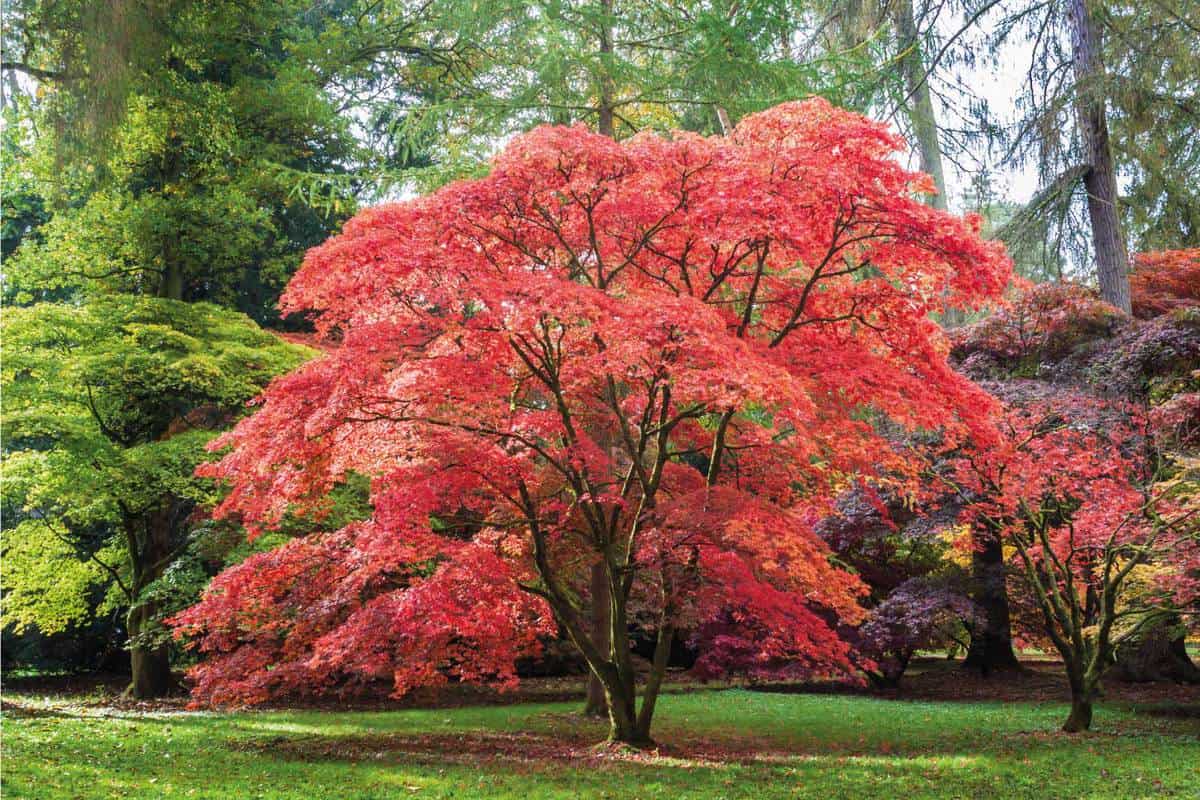
The Japanese Maple tree is considered a deciduous shrub or small tree. These plants are native to Japan, North and South Korea, eastern Mongolia, and southeast Russia. This type of maple does best in well-drained and moist soil. Your Japanese maple will be fine with dappled sunlight as it naturally grows beneath the canopy in forests. At full maturity, a Japanese Maple will reach between 20 and 33 feet.
Sugar Maple (Acer saccharum)
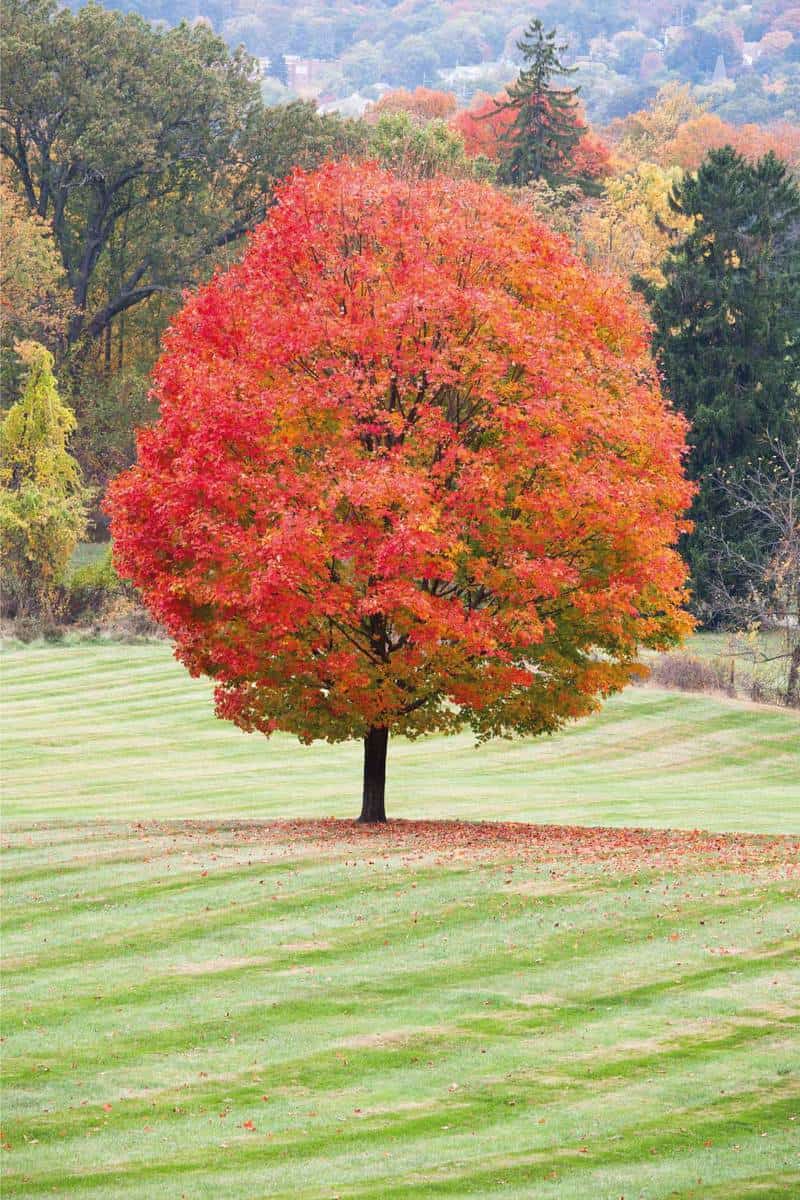
Sugar maple trees are found in eastern Canada and parts of the United States. These trees enjoy full sun to partial shade. However, they're very tolerant of a lack of sunlight. Sugar maples will do well in acidic, moist soil. A fully grown sugar maple will reach between 80 and 115 feet. In rare cases, they may even grow to 150 feet.
Red Maple (Acer rubrum)
Red maple trees are fairly quick-growing, with many growing over 13 inches each year. This type of plant enjoys full sunlight and well-drained but wet soil. Once your red maple reaches full maturity, it can measure between 90 and 120 feet tall. There are rare cases when this tree is over 135 feet high.
Trident Maple (Acer buergerianum)
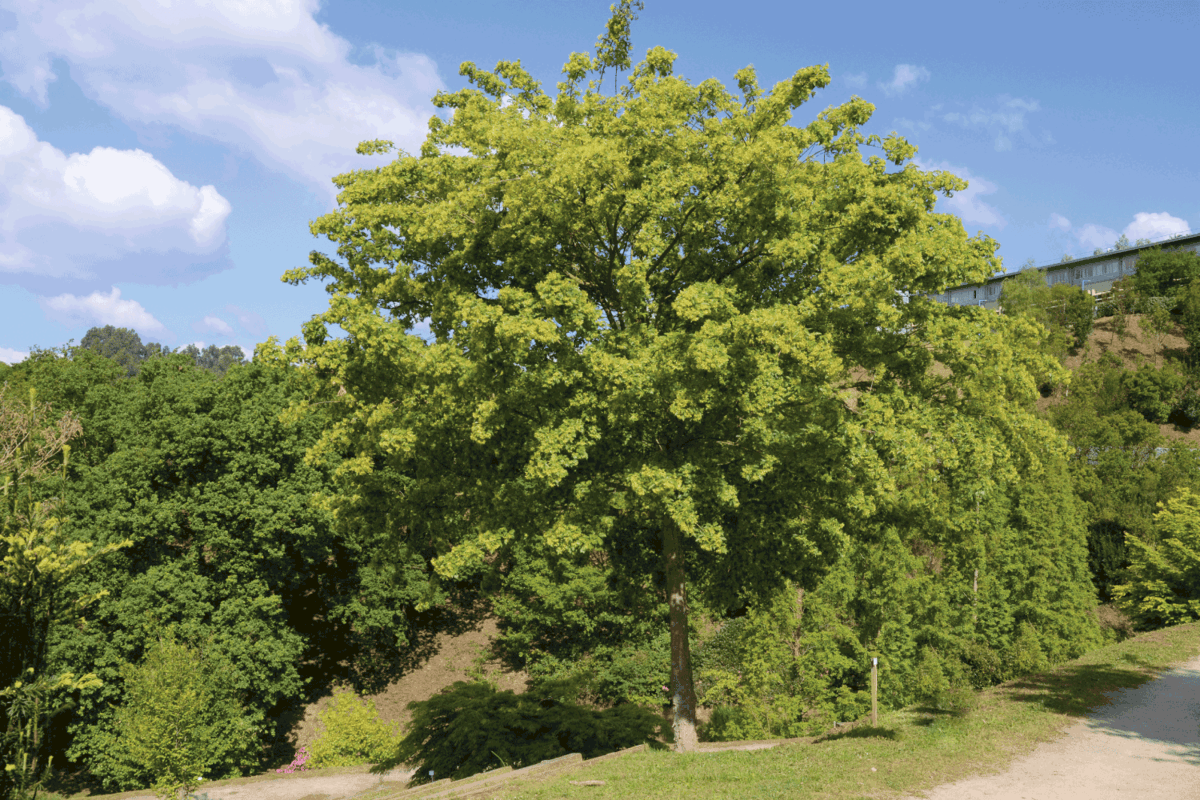
This medium-sized deciduous tree is native to eastern China, Taiwan, and Japan. The trident maple has an expanding canopy which makes it an excellent shade tree. Give this plant full sun and plant it in well-drained, acidic soil. A fully grown trident maple will be between 16 and 65 feet tall.
Field Maple (Acer campestre)
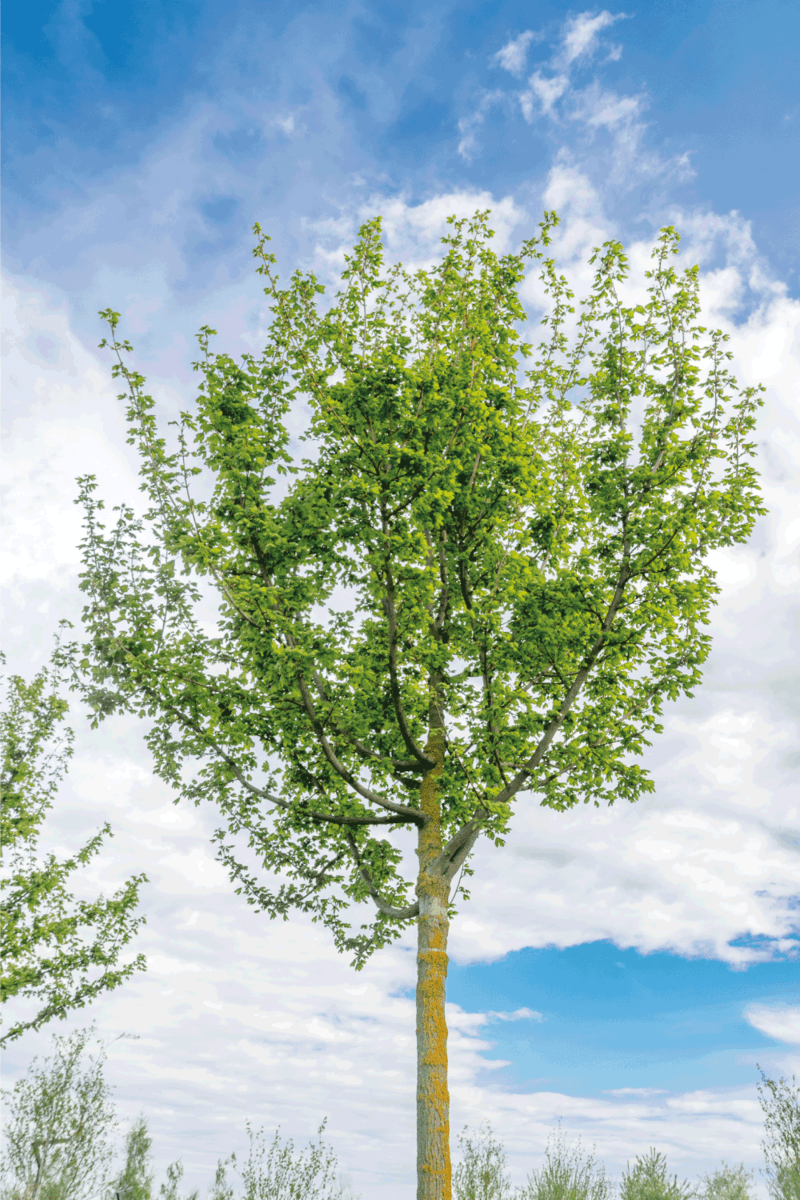
The field maple is a slow-growing tree native to Europe, Britain, southwest Asia, and northern Africa. Its most common use is as an ornamental tree for parks or gardens. Field maples do best in full sun and well-drained, moist soil. Once this tree is fully grown, it can reach heights between 49 and 82 feet.
Shangtung Maple (Acer truncatum)
The Shangtung Maple is a smaller tree that is native to northern China and Korea. It is drought and heat tolerant once it has been fully established. Ideal conditions for this plant are full sun to partial shade. Your soil should have good drainage, be moist and acidic. At full height, Shangtung Maple trees are between 20 and 25 feet tall. In some rare instances, this tree can reach up to 49 feet.
Silver Maple (Acer saccharinum)
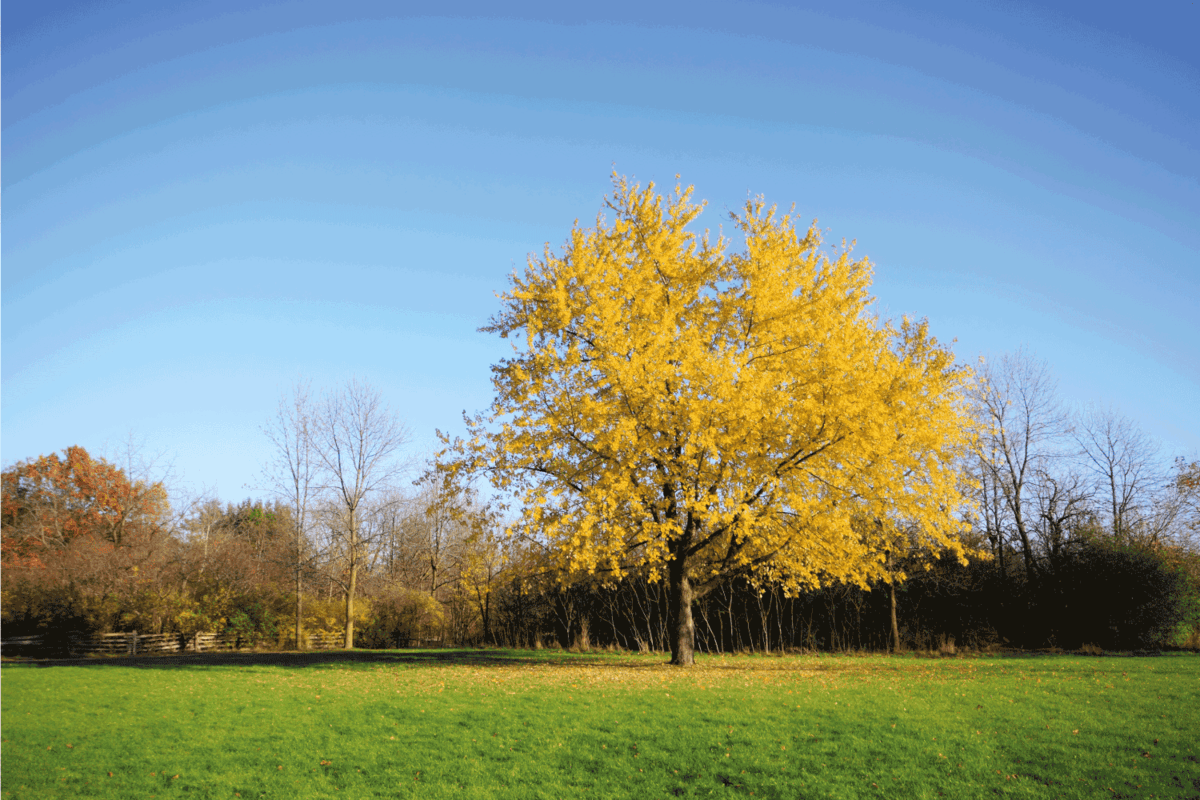
Silver maples are found naturally in the eastern and central United States as well as southeastern Canada. To keep a silver maple happy, plant it in deep, moist, acidic soil. It should also be in a location that gets full sun to partial shade. These fast-growing trees commonly reach heights between 49 and 82 feet. In some instances, they can reach up to 115 feet.
Freeman’s Maple (Acer x freemanii)
The Freeman's Maple tree is a naturally occurring hybrid of the red and silver maple. These trees do best in well-drained soil that is acidic and moist. Often called the Autumn's Blaze Maple, it has a mature height range of 45 to 70 feet.
Norway Maple (Acer platanoides)
Norway maple trees are native to eastern and central Europe, western Asia, Scandinavia, and Northern Iran. These types of trees are very tolerant of air pollution in urban living. A Norway maple, also called Harlequin maple, prefers well-drained, consistently moist soil. It should also be in full sun to partial shade. At full height, this tree is between 65 and 100 feet tall.
Fullmoon Maple (Acer japonicum)

The Fullmoon maple, also known as downy Japanese maple, is native to Japan, Manchuria, and southern Korea. While considered an invasive species in North Carolina, this tree has long been used as an ornamental plant overseas. Acer japonicum requires soil that is moist and well-drained. These small trees have a full height between 20 and 30 feet.
How long does it take for a maple tree to grow?
Maple trees have a different growth rate depending on the species of tree and local variables such as soil quality, water, and light exposure. A tree's growth rate can be considered slow, medium, or fast.
Trees with a slow rate will grow less than 12 inches per year. The sugar maple, field maple, and Shangtung Maple are examples of trees with slow growth.
Those with a medium rate will grow between 13 and 24 inches per year. Norway maples have a medium rate of growth. The Japanese maple, Fullmoon maple, and trident maple of a slow to medium rate of growth.
Finally, a fast rate means a tree will grow more than 25 inches per year. The red maple, Autumn Blaze Maple, and Silverleaf Maple all have very rapid growth rates.
How long do maple trees live?
Maple trees have fairly long lifespans. With the ideal conditions, sugar maple trees can live up to 400 years old. On average, a sugar maple will live between 200 and 300 years. The silver maple also has a long lifespan. They're able to live up to 130 years. However, due to the city environment, many only survive for 80 years. The Norway maple also has a shortened lifespan. They're capable of living up to 250 years. However, many only live around 60 years.
Since many factors go into how long a tree will survive, it's hard to say how long it will live for. As long as the tree is properly taken care of, you should expect to see it for at least 60 years.
Where are most maple trees found?
Maple trees typically prefer regions that are cooler in temperature. They also thrive in areas with moist soil. Although certain species can handle drier soil. On a global scale, maple trees are commonly found in China, Japan, Europe, Asia, and Korea.
Which USDA Plant Hardiness Zone do maples prefer?
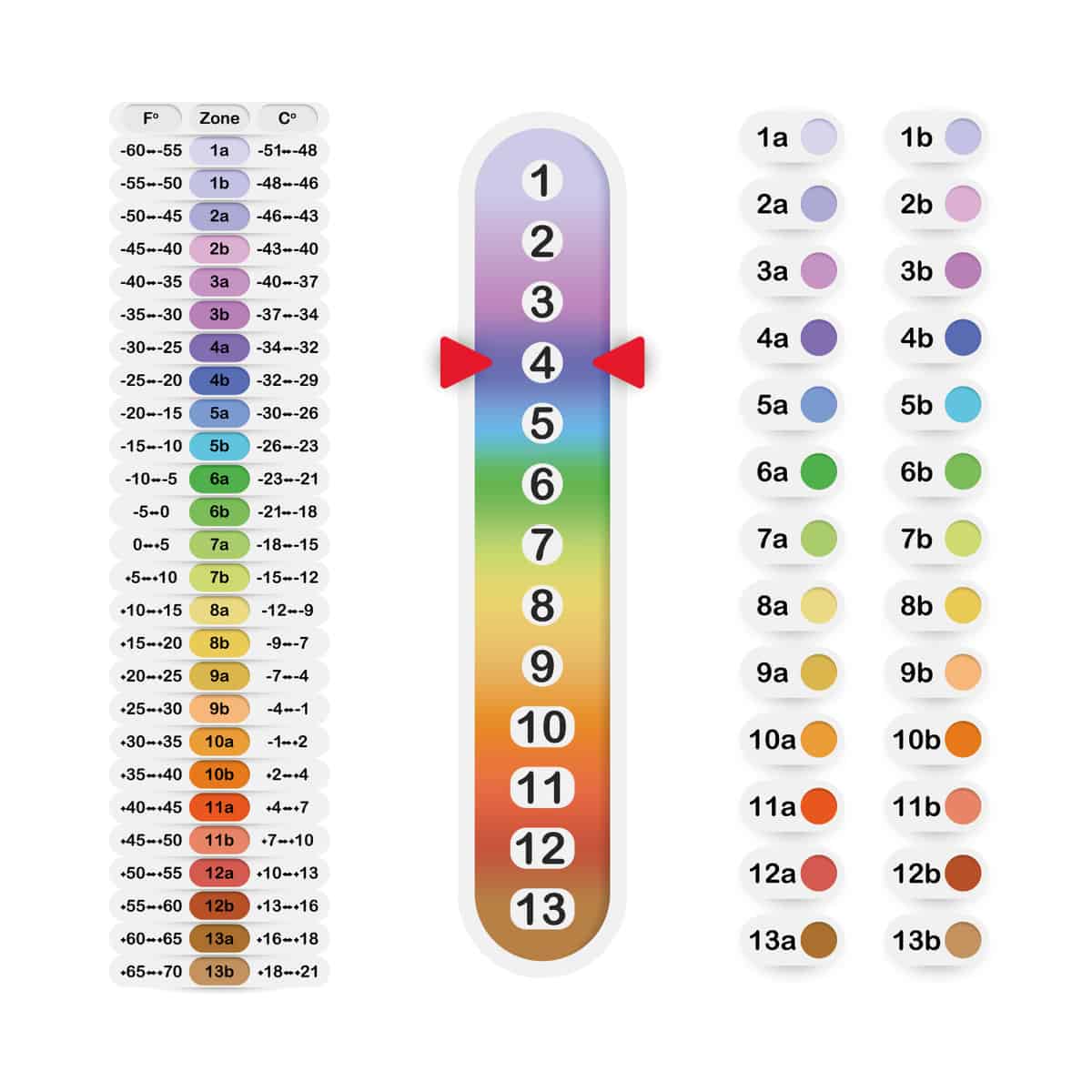
The USDA Plant Hardiness Zone is a convenient tool for either gardeners or landscapers. It's a method for determining whether a plant will grow in a region based on the lowest average temperature. There are a few more cold-hardy maple species that can handle the temperatures in zones three and four.
However, as a whole, maple trees do well in USDA Plant Hardiness Zones 5 through 8. This means they can handle low temperatures between -25 degrees Fahrenheit and 25 degrees Fahrenheit.
Where do sugar maples grow in the US?
In the United States, the sugar maple is naturally found in the country's north-central and northeastern sections. These areas include Minnesota, Maine, northern Virginia, Tennessee, and Missouri.
For more information on sugar maples, check out: "How Fast Does A Sugar Maple Grow?"
Are there small maple trees?
Maple trees come in a large variety of shapes and sizes. Many of them do reach heights over 50 feet. However, there are also smaller maple trees available. The Fullmoon maple and Japanese maple are excellent examples of that. Both of them have mature heights of around 30 feet.
In Closing
There are over 100 species of maple trees. This large amount of variety can make it difficult to pinpoint the exact height of this type of plant. It's common to see maples that are as small as 20 feet or as large as 160 feet. Before you decide what maple tree is for you, make sure you double-check how tall it will grow to avoid any surprises later on.
You may also enjoy:
